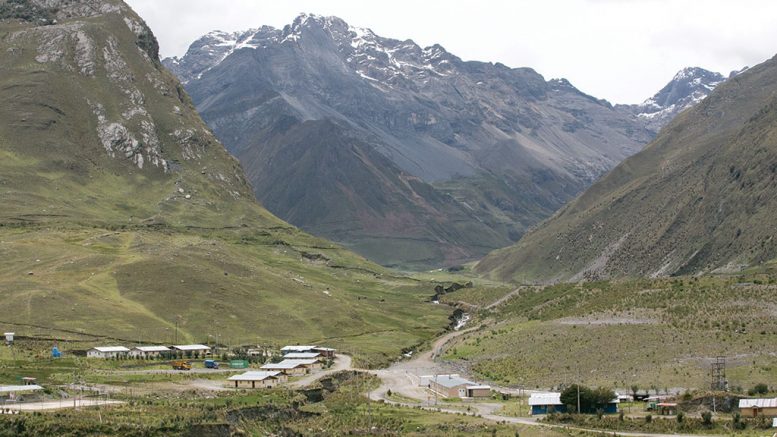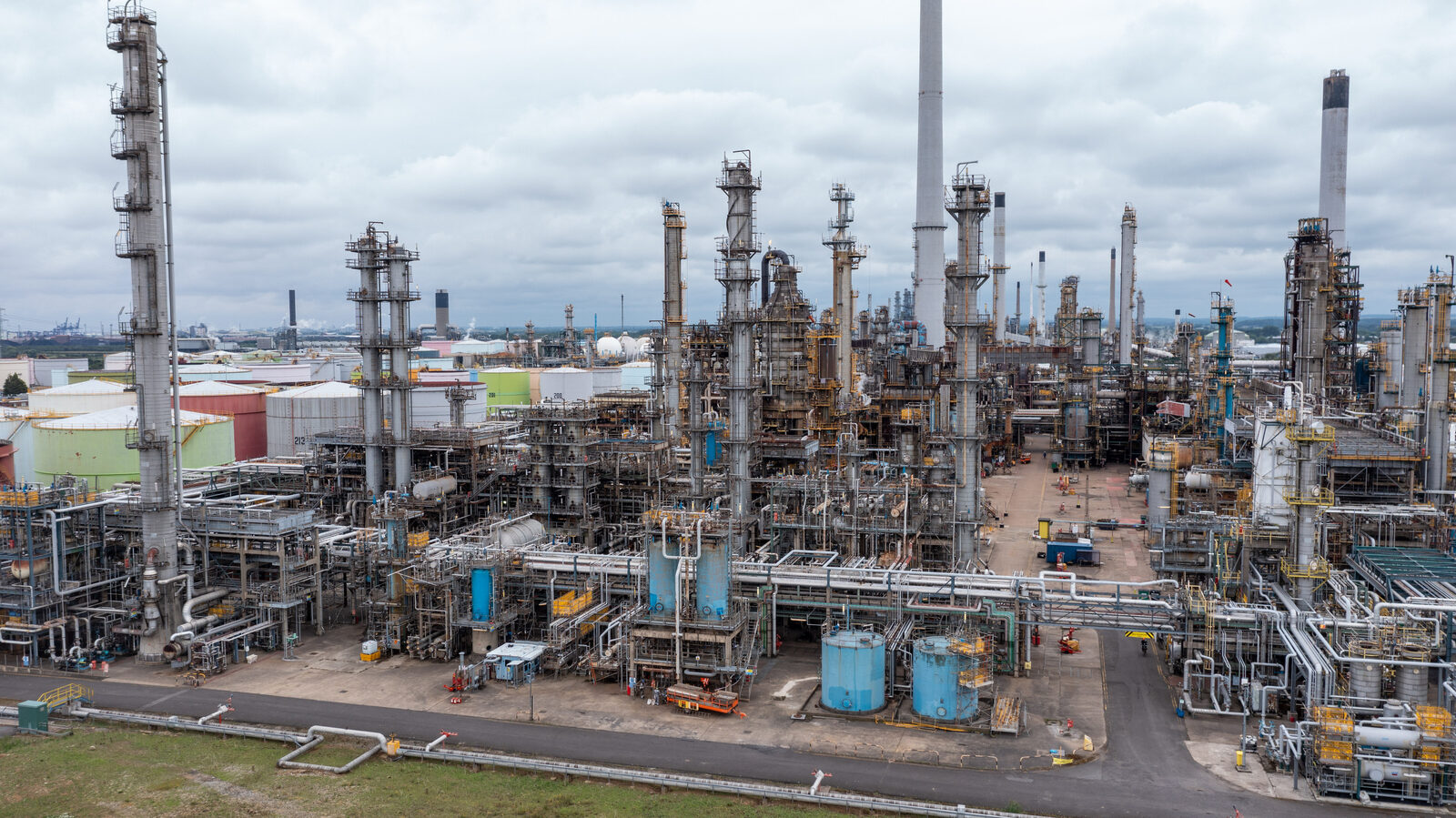Nexa completes PEA for Hilarion in Peru

Nexa Resources (TSX: NEXA; NYSE: NEXA) has released a preliminary economic assessment (PEA) for a potential underground mine at its Hilarion project in Peru — one of the largest undeveloped zinc projects in South America.
Hilarion, 230 km north of Lima, would produce 115,000 tonnes zinc, 2.6 million oz. silver and 20,000 tonnes lead each year, representing 150,000 tonnes zinc equivalent over an initial mine life of 16 years, according to the study.
The proposed operation would consist of a 10,000 tonne-per-day mine and a conventional flotation plant producing bulk lead-silver and zinc concentrates at an annual throughput of 3.65 million tonnes of ore. (The average overall production rate would be 7,800 tonnes per day over the full 16 years but in excess of 10,000 tonnes per day from year two until year eleven.)
The zinc concentrate will be treated at Nexa’s Cajamarquilla smelter, 20 km east of Lima.
“The Hilarion project is part of our organic growth strategy of achieving full integration in our smelting and mining operations,” Tito Martins, the company’s CEO stated in a news release.
The PEA estimates capex of $585 million and an additional $165 million of sustaining capital over the life-of-mine, including $44 million in mine closure costs. Initial capex could be repaid in about five years.
The study estimated an after-tax net present value of $231 million at a discount rate of 8% and a post-tax internal rate of return of 15.5%.
Hilarion’s resources — last estimated in December 2014 — stand at 59 million measured and indicated tonnes grading 3.52% zinc, 0.64% lead and 28.6 grams silver per tonne and 21.5 million inferred tonnes grading 3.28% zinc, 0.78% lead and 28.5 grams silver per tonne.
The resource estimate excludes 17,126 metres that have been drilled since December 2014, and the company plans to drill another 6,000 metres in 2020, targeting the north and south extensions of the deposit.
The study envisions two bulk mining methods, sublevel and longhole stoping, with loose backfill and transverse longhole stoping using paste backfill. The mine would be accessed using multiple ramp entry points and a 3 km conveyor tunnel or ramp.
For the purposes of the PEA, Nexa did not include the project’s El Padrino deposit, which will be evaluated in future test work and could provide additional potential. The two deposits are 3 km apart, and Nexa believes they would be developed initially as two separate mines with joint infrastructure, and possibly joining up underground later in the mine life.

According to Nexa’s geological interpretation, the Hilarion and El Padrino deposits are located within two parallel northwest mineralized trends with 5 km of strike length, including several surface mineral occurrences. El Padrino is located in the western mineralized trend, and the deposit is open in all directions.
Nexa’s Eureka and Mia targets are in the eastern mineralized trend, 2 km and 3 km north of Hilarion, respectively, and have outcropping mineralization mapped and sampled at surface.
The project is accessible by road from Lima, and is 80 km south of the city of Huarez. It consists of 70 mineral concessions over an area of 150 square kilometres.
In addition to Hilarion, Nexa owns and operates five underground mines — three in the Central Andes of Peru and two in the state of Minas Gerais, Brazil. It is currently developing the Aripuana project in Brazil’s Mato Grosso as its sixth underground mine.
Nexa is among the world’s top five producers of mined zinc.
At press time in New York, Nexa’s shares were trading at $6.60 with a 52-week trading range of $6.49 to $12.80. The company has a $914 million market capitalization.
Jackie Przybylowski of BMO Capital Markets has a market perform rating on the company and a target price of $7.50 per share.
In a research note, the mining analyst said the Hilarion PEA “shows there is more work to do” and that “the company will work on several initiatives to improve project economics over the upcoming years, which could represent upside to our estimates.” Among the work planned is a metallurgical program, more exploration drilling and an update to its block model.
Przybylowski predicted “modest inflation to initial capex (we estimate $650 million versus Nexa’s $585 million) and estimated an NPV at a 10% discount rate of $115 million compared with the PEA’s NAV (8%) of $231 million.
(This story first appeared in The Northern Miner on March 6, 2020)
{{ commodity.name }}
{{ post.title }}
{{ post.date }}

Comments